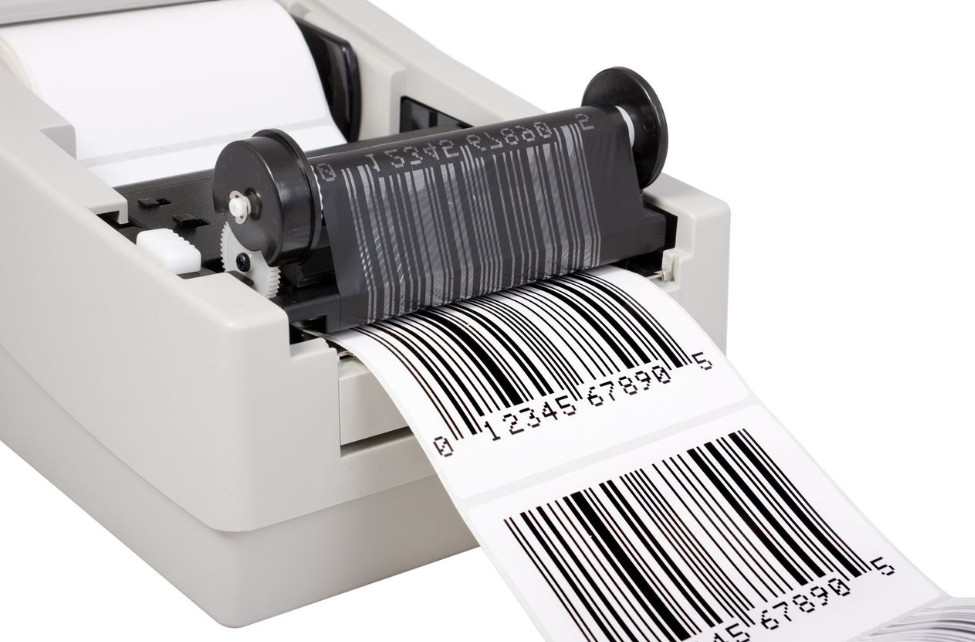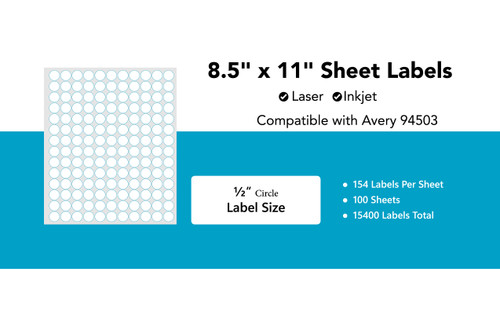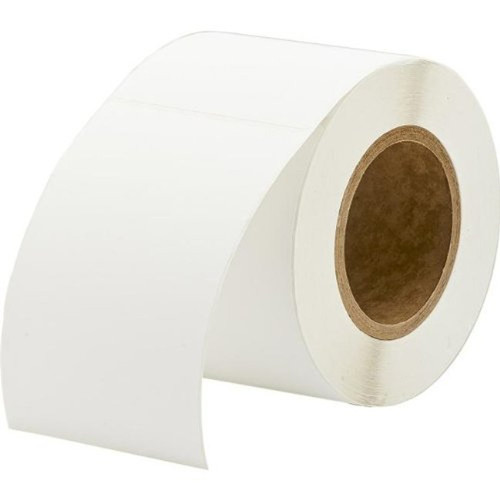How Digital Label Printing is Revolutionizing the Packaging Industry
29th May 2025
Digital label printing is changing the packaging industry by offering solutions that traditional methods like flexography or offset printing can’t match. You’re seeing faster production, greater flexibility, and lower costs, all while meeting consumer expectations for unique, high-quality packaging. This guide explains how digital label printing delivers shorter production runs, advanced customization, cost efficiency, and responsiveness to consumer demands for personalization, with detailed insights into each benefit.
Shorter Production Runs for Greater Flexibility
In the past, traditional printing methods required large minimum order quantities to justify setup costs, making small-batch production expensive and impractical. Digital label printing eliminates this barrier. You can now print as few as 100 labels without sacrificing quality or breaking the bank. This is because digital printers, unlike traditional presses, don’t require costly plates or lengthy setup processes. The technology uses inkjet or laser systems to print directly from digital files, allowing you to start printing almost immediately.
For small businesses or startups, this means you can test new products without committing to thousands of labels. If you’re launching a seasonal beverage or a limited-edition cosmetic, you can produce just enough labels to meet initial demand, and then adjust based on market response. Larger companies also benefit by running targeted campaigns or regional promotions without overstocking inventory. For example, a craft brewery can print 500 labels for a new IPA flavor to gauge customer interest before scaling up production.
This flexibility extends to supply chain management. With shorter runs, you can reduce excess inventory, minimizing waste and storage costs. If a product’s packaging needs a quick update—say, to reflect new nutritional information or a promotional offer—digital printing lets you make changes on the fly. You upload the revised design, and the printer produces the updated labels within hours, not weeks. This agility helps you stay competitive in fast-moving markets where delays can mean lost sales.
Data supports this shift. A 2023 industry report noted that 68% of packaging companies adopting digital printing cited the ability to handle small runs as a primary driver. The same report highlighted a 15% reduction in material waste for businesses using digital systems compared to traditional methods. By printing only what you need, you’re not only saving money but also aligning with sustainability goals, which matter to today’s consumers.

Advanced Customization for Unique Branding
Consumers today expect packaging that feels personal, and digital label printing makes this possible through advanced customization. You can create labels tailored to specific audiences, regions, or even individual customers without slowing down production. Unlike traditional printing, which requires separate plates for each design variation, digital printers handle variable data printing effortlessly. This means every label in a single run can be different, whether you’re adding unique names, barcodes, or graphics.
Imagine you’re a coffee roaster wanting to offer personalized labels for holiday gift packs. With digital printing, you can print labels with customers’ names or custom messages, like “Brewed for Sarah” or “Happy Holidays from JavaJoy.” This level of personalization strengthens your brand’s connection with consumers, as 72% of shoppers say they’re more likely to buy from brands offering customized experiences, according to a 2024 consumer survey. For businesses, this translates to higher customer loyalty and repeat purchases.
Customization also supports targeted marketing. If you’re a skincare brand, you can print different label designs for various demographics—say, vibrant colors for younger buyers and minimalist designs for older ones—all in the same production run. You can even adjust labels for specific retailers or e-commerce platforms, ensuring your packaging aligns with their branding requirements. For instance, a label for Amazon might include a scannable QR code, while a boutique store’s label emphasizes organic ingredients.
Digital printing’s high-resolution capabilities ensure these custom designs look sharp. Using pigment-based inks and advanced printheads, systems like the Epson ColorWorks C6000 series deliver crisp text and vibrant colors, even on small labels. You can incorporate intricate details, like microtext for anti-counterfeiting or vivid imagery for premium products, without worrying about quality loss. This is critical for industries like pharmaceuticals, where clear, legible labels ensure compliance with regulations like the FDA’s requirements for drug labeling.
The technology also supports a range of materials, from glossy paper to durable synthetics like polyester. If you need weatherproof labels for outdoor products or heat-resistant labels for food packaging, digital printers can handle them. This versatility lets you experiment with textures and finishes, such as matte or clear labels, to make your packaging stand out on shelves.

Cost Efficiency for Businesses of All Sizes
Cost efficiency is a major reason digital label printing is gaining traction. Traditional printing methods involve high upfront costs for plates, dies, and setup, which can range from $500 to $2,000 per design. For small runs, these costs make each label prohibitively expensive. Digital printing eliminates these expenses, as it requires no physical plates or complex machinery adjustments. You pay primarily for the ink, labels, and printer operation, making it affordable even for low volumes.
For example, if you’re a small bakery printing 200 labels for a new cookie line, digital printing keeps your costs low by avoiding setup fees. A thermal inkjet printer, like the Primera LX910, can produce these labels for pennies each, compared to $1 or more per label with traditional methods for small batches. Larger businesses benefit too, as digital printing reduces waste from overproduction. If you misjudge demand and print 10,000 labels but only sell 2,000 units, the excess is wasted. Digital printing lets you print in smaller increments, aligning production with actual sales.
Maintenance costs are also lower. Digital printers have fewer moving parts than traditional presses, reducing the need for repairs. Consumables, like ink cartridges for printers or toners for label printers, are widely available and cost-effective. For instance, a set of ink cartridges for an Epson TM-C7500G can print thousands of labels before needing replacement, keeping your per-label cost predictable. You can buy ink cartridges for printers online from suppliers, ensuring you never run out during a production run.
Energy efficiency is another factor. Digital printers consume less power than large-scale flexographic presses, which require significant electricity to heat plates and run heavy machinery. Digital printing systems use up to 30% less energy per label compared to traditional methods, lowering your utility bills and carbon footprint. This is especially appealing if you’re aiming to meet corporate sustainability targets or attract eco-conscious consumers.
The ability to print in-house adds to the savings. Instead of outsourcing to a third-party printer, you can purchase color label printers online and handle everything internally. This cuts out middleman fees and shipping costs, which can add 20-40% to your labeling budget. In-house printing also gives you control over timelines, so you’re not waiting weeks for a print house to deliver. For businesses with frequent label changes, like those in food or cosmetics, this control is invaluable.

Meeting Consumer Demands for Personalization
Today’s consumers want products that reflect their individuality, and digital label printing helps you deliver. Personalization goes beyond adding a name to a label—it’s about creating packaging that resonates with specific preferences, values, or lifestyles. Digital printing’s flexibility makes this possible at scale, allowing you to respond to market trends and consumer feedback in real time.
For instance, if you’re a beverage company, you can use digital printing to create limited-edition labels tied to cultural events, like a music festival or a sports championship. These labels can feature unique designs or promotional codes, encouraging consumers to buy before the edition sells out. Consumers are more likely to purchase products with event-specific packaging, as it feels exclusive and timely. Digital printing’s quick turnaround—often same-day for small runs—lets you capitalize on these opportunities without delays.
Sustainability is another consumer priority, and digital printing supports eco-friendly practices. You can use recyclable or biodegradable label materials, like linerless labels, which eliminate backing paper waste. Printers like the GoDEX DT4L are designed for linerless printing, reducing your environmental impact. Consumers notice these efforts—79% of shoppers prefer brands with sustainable packaging, according to a 2025 consumer report. By highlighting your green practices on labels, such as “100% Recyclable” or “Made with Eco-Friendly Inks,” you build trust and loyalty.
Digital printing also enables rapid response to regulatory changes. If new labeling laws require allergen warnings or updated ingredient lists, you can revise your designs and print compliant labels immediately. This is critical in industries like food and pharmaceuticals, where non-compliance can lead to fines or recalls. For example, the EU’s 2023 allergen labeling mandate forced many brands to update packaging quickly. Companies using digital printers adapted within days, while those relying on traditional methods faced weeks of delays.
Personalization extends to e-commerce, where packaging plays a bigger role in the unboxing experience. If you sell on platforms like Etsy or Amazon, you can print labels with thank-you messages, discount codes, or social media handles to engage customers. These small touches make your brand memorable, encouraging reviews and repeat purchases. Digital printers support high-quality thermal transfer labels for sale, which are durable enough for shipping while maintaining a professional look.
The technology also integrates with data-driven marketing. You can print QR codes linking to surveys, loyalty programs, or product origin stories, giving consumers a deeper connection to your brand. For example, a winery might include a QR code that details its sustainable farming practices, appealing to eco-conscious buyers. With variable data printing, each label can have a unique code, enabling you to track consumer interactions and refine your marketing strategies.

Addressing Common Challenges
While digital label printing offers many benefits, you might face challenges like initial setup costs or learning curves. High-quality thermal label printers for sale, such as the Zebra ZT411, require an upfront investment, typically $1,000-$5,000, depending on features. However, the long-term savings from reduced waste and lower per-label costs outweigh this. Leasing options, available from many suppliers, can spread the cost over time, making it accessible for small businesses.
Training staff to use digital printers is another consideration. Modern systems are user-friendly, with intuitive software like BarTender or NiceLabel, which you can buy as barcode printing software online. These programs simplify design and printing, but you may need a few hours of training to get comfortable. Many suppliers offer free tutorials or support, ensuring your team is up to speed quickly.
Choosing the right materials can also be daunting. You’ll need to decide between direct thermal labels for sale, which are cost-effective for short-term use, or premium top-coated direct thermal labels for added durability. For vibrant, long-lasting labels, consider blank inkjet labels for sale, compatible with printers like the Afinia L801. Suppliers often provide free samples, so you can test materials before committing.

Embrace the Future of Packaging
Digital label printing gives you the tools to create packaging that’s flexible, cost-effective, and personalized, helping your business thrive in a competitive market. Whether you’re a small startup or a large manufacturer, this technology lets you adapt quickly, save money, and connect with consumers. To get started, check out high-quality thermal label printers for sale, buy ink cartridges for printers online, or invest in the best label design software for printers to streamline your workflow. For premium top-coated direct thermal labels and other supplies, visit DuraFast Label Company, where you’ll find everything you need to revolutionize your packaging process.
